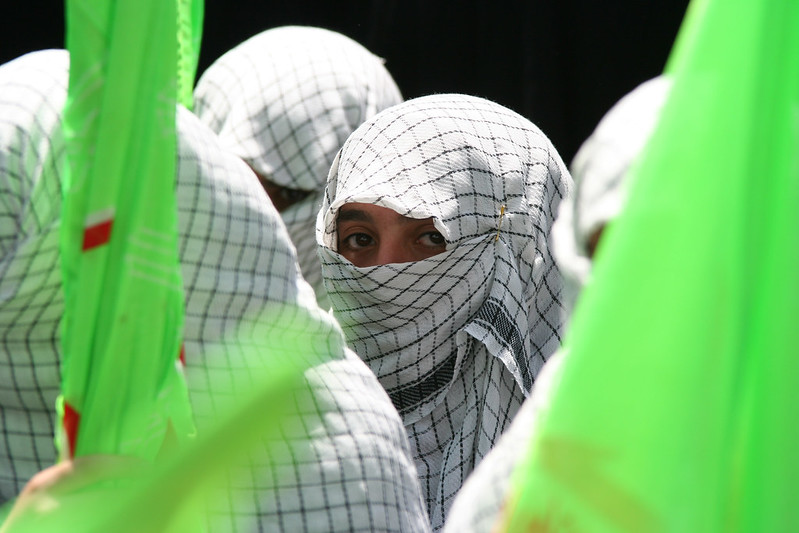From the last few years, due to the efforts of international and national organizations, women’s rights have drawn attention to many organizations, government bodies, and lawmaking agencies. Equality between men and women has always been the most guarantee of human rights in the United Nations. It can be seen in the form of a universal declaration act adopted in 1948, as it had claimed equal rights for all human beings. In 1993, Forty-five years after the adaptation of the Universal declaration act and eight years after implementing the International Bill of rights for women, the UN world conference in Vienna had confirmed that ‘women’s rights are human rights.’ The entitlement of women’s rights as human rights made it clear, concise, and mandatory that there should not be any hesitancy left while speaking and demanding women’s rights.
Although there are innumerous women in the world who still have to experience discrimination in many forms, it can be violence, oppression, unequal wages, sexual harassment, domestic violence, abuse, lack of access to primary resources, and social inequalities: the Women rights movements and activists demand fundamental human rights and gender equalities. Globally, women have fewer opportunities than men, and they have to go the extra mile to achieve the same opportunity that a man can easily avail. They have been given fewer resources, economic opportunities, less political participation, and arduous primary education and healthcare access.
Moreover, globally, one in five women had experienced sexual and physical violence from their intimate partners once in a lifetime. Domestic violence laws were uncommon, but today they are adopted in three-quarters of countries, mainly due to feminist activism and struggle. The economic models in many counties have failed to remove socio-economic inequalities; these models have widened this gap. Sixty-two percent of the women are in the labor force compared to ninety-three percent of men worldwide.
However, fifty-eight percent of the women earn low and unequal wages without social protection. The unpaid workers and low wages are major concerns by all women’s rights organizations and activists. Although, the issue is in a continuous debate, instead of providing fair wages and work opportunities to the women. The decision-making power has always been in the hands of men, while women have less representation in politics and decision-making. Fifty percent of the world’s population is women, but the patriarchal society is still reluctant to involve women in the decision-making process. The non-involvement of women in decision-making often leads to androcentric policies. Internationally, women are more affected by calamities and poverty. Nearly twenty-five percent of women aged (25-34) are more likely to live in poverty than men, and approximately half a billion women and girls aged 15 and more are illiterate.
If we talk about women’s rights in Pakistan, the constitution ensures equal rights for all genders. For example, the chapter principle of policy in the constitution of Pakistan Article 37, sub-clause B states that education should be free and compulsory for all people, specifically those from backward classes and areas. Nevertheless, like an oxymoron, the illiteracy rate of women is 49 percent higher than men.
Furthermore, the policy principles also claimed not hiring children and women below their ages at employment places. However, in reality, children’s and women’s rights are considered less priority, and we cannot deny this fact since no appropriate action has been taken so far. Of course, the privileged classes might argue over this statement, but the plight of underprivileged women does not hold any importance or value in policies and decision-making.
Moreover, Pakistan has ranked 153rd out of 156th countries on the gender parity index 2021, the sixth most populated country globally with a high fertility rate of 3.8 children per woman, gaps in the fulfillment of women’s reproductive rights.
The Pakistan Demographic and Health Survey 2012-2013 stated that a staggering 32 percent of women had experienced physical violence in Pakistan, and 40 percent of every married woman had suffered from spousal abuse at some point in their life. Several laws were passed against Gender-based and domestic violence, such as the Protection of Women Act, Protection against Harassment of Women at the Workplace Act in 2010, Prevention of Anti-Women Practices Act 2011, Domestic Violence (Prevention and Protection) Act, Anti-Honor Killing Act 2016, Anti-rape Act of 2016 and Alternate Dispute Resolution Bill 2016. However, it is quite unfortunate that many women are not familiar with the laws due to a lack of awareness and access; that is why most victims of violence cannot approach the courts.
Keeping the current statistic in mind, the State needs to recognize the problem, as, without the identification of the problem, it will be hard to make better policies. Some feminist movements have been into action; the infamous Aurat march in major cities of Pakistan has brought the women’s rights issue into the mainstream. However, this whole movement has been criticized by many right-wing political parties. The common criticism was challenging culture, tradition, and the movement led by elite class women.
The state institutions must take immediate action to overcome Gender inequality, and this can be done by taking the issue seriously instead of keeping the problem under the carpet. Women’s role should not be defined by medieval traditions, the rights guaranteed by the constitution should be in practice. As Ruth Bader Ginsburg said, “Women belong in all places where decisions are being made.”

